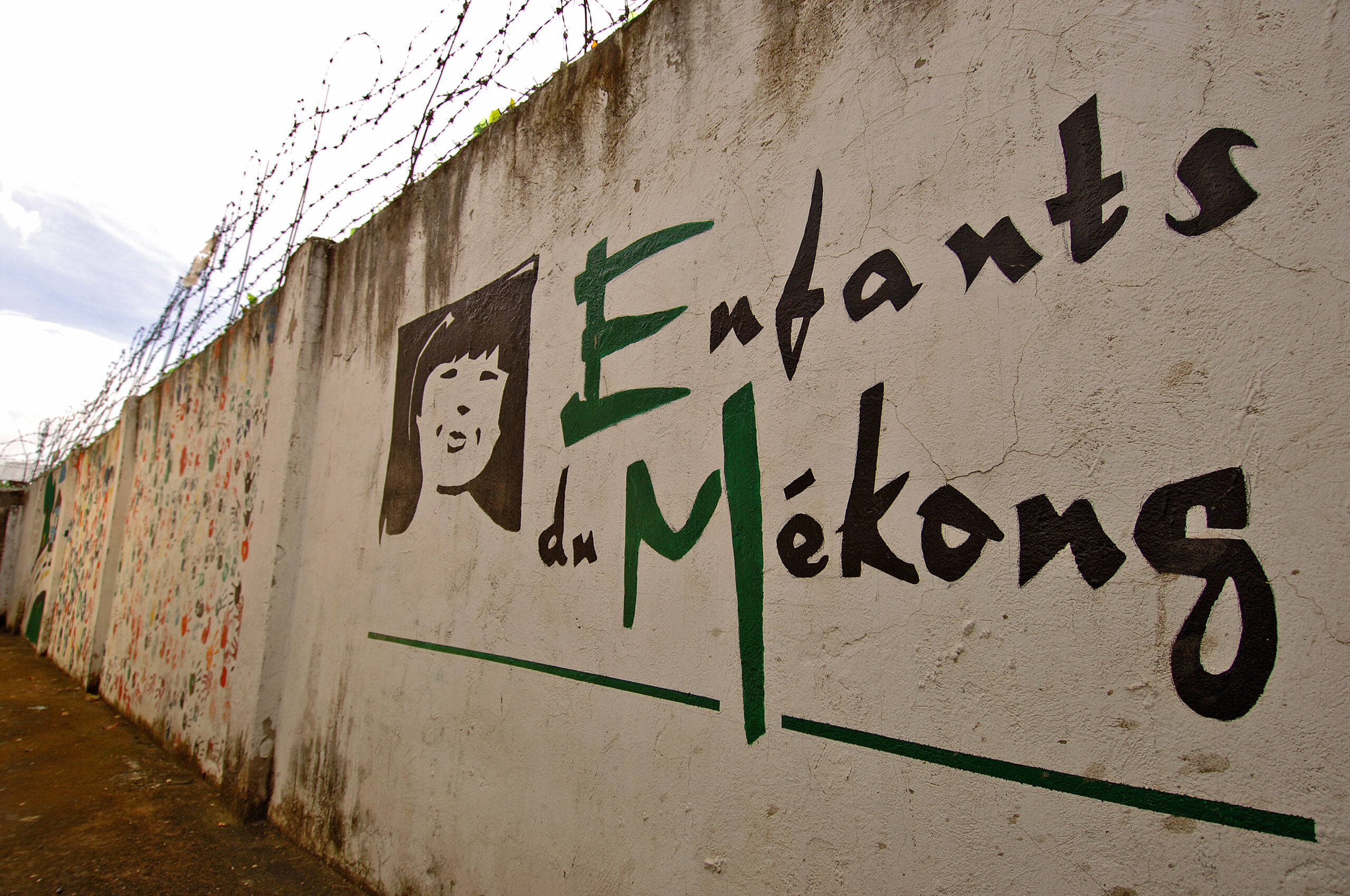
People of Samar: the Waray tribe
The Samar people's culture
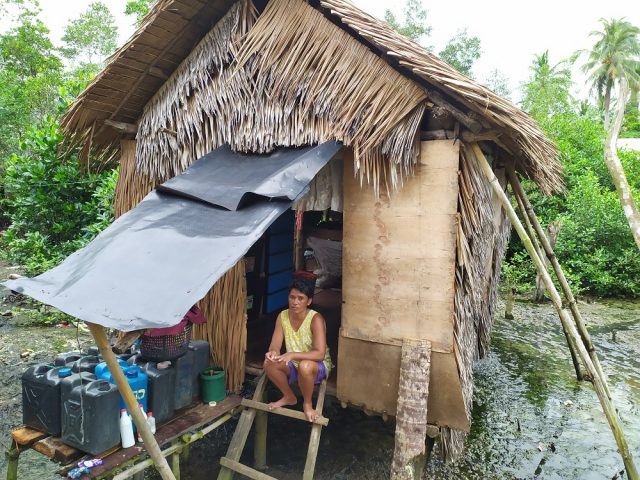
The region, on the side of the pacific shore, is mostly rural and most Waray are fishermen or subsistence farmers. They live in baybayons, small sturdy houses made of bamboo, clay and palm leaves and harvest mostly rice, grapes for wine, coconuts, and durian. The island also houses renowned weaving workshops, and the brightly colored garments obtained are a staple of the Samar people lively traditions: every August in Davao the Kadayaman festival takes place thanking the gods for a good harvest. During the month-long festival, music and street dancing competitions take place, accompanied by bright parades and food. But the festive spirit is also present on smaller occasions, like birthdays or weddings, where the “kuratsa” is performed. This traditional dance, native to the island but possibly inspired by the Mexican Cucaracha, is a lively folk dance, mimicking the movements of birds courting each other.
The ethnic minority, mostly spread between Leyte and Samar islands, shares one language, the waray-waray, spoken by 2.6 million people. Like most of the Philippines residents, the Samar people have been catholic since the Spanish colonisation started by Magellan in the 16th century. The population, however, did not entirely give up their ancestral beliefs, and the resulting religion is often mixed with spirits of nature.
A region prone to natural disasters
The Samar Island along with its neighboring islands, constitutes the Easter Visayas archipelago located in the easternmost region of the Philippines. Positioned as a natural barrier between the Pacific Ocean and the rest of the Philippines, this area is frequently subjected to severe impacts from typhoons, tsunamis, and floods. In 2013, the large typhoon Yolanda devastated the Eastern Visayas, resulting in a tragic loss of 6,000 lives. The disaster also proved catastrophic for local subsistence agriculture farmers as their crops were severely destroyed. Moreover, the typhoon left a trail of destruction, demolishing the homes of 600,000 individuals and temporarily displacing ten million. The economic loss amounted to over two billion dollars. While the trauma of this exceptional natural disaster is still present, the Samar people continue to face several typhoons every year, wreaking havoc on their livelihood.
Due to its location on the ring of fire, a belt of volcanoes around the pacific, the region is also vulnerable to eruptions, earthquakes, and sinkholes. Although the Samar people are renowned as fighters and resilient people, these natural disasters, expected to grow in regularity and intensity due to climate change, require international help.
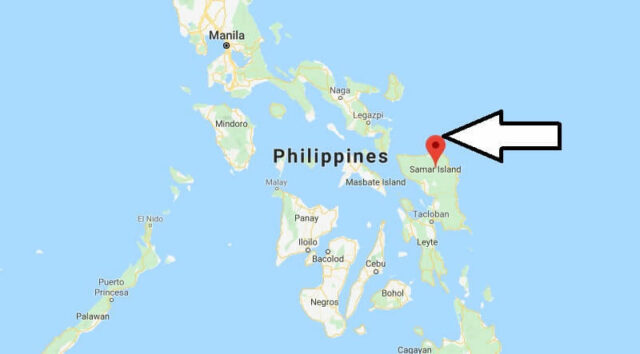
A need for humanitarian help
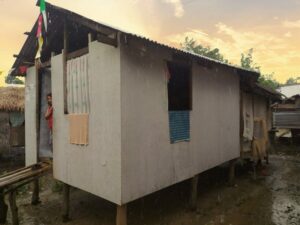
The island, mostly covered by thick mountainous rainforest and devastated by typhoons, is not prone to economic development, making it one of the poorest in the country with a staggering 33% poverty rate. This further complicates disaster mitigation, as means are limited. Houses destroyed by the various natural disasters are often rebuilt with makeshift materials and become barely inhabitable. Thus, the Samar people need disaster relief, but also long-term solutions to get out of poverty and better adapt to the worsening conditions on the island.
Children of the Mekong was one of the first charities to step in on Samar Island as early as 2003 and has continued to this day to provide relief to the local population. To further help with the development of the island and thus its resilience, Children of the Mekong works on educating young Waray children, to lift them out of poverty and improve their livelihood. To help the Samar people, you can sponsor a child too for ₤28/month. Educated children have a better chance at higher-paying white-collar jobs, reducing their dependency towards disaster-vulnerable subsistence farming.
Together, let us weather any storm!
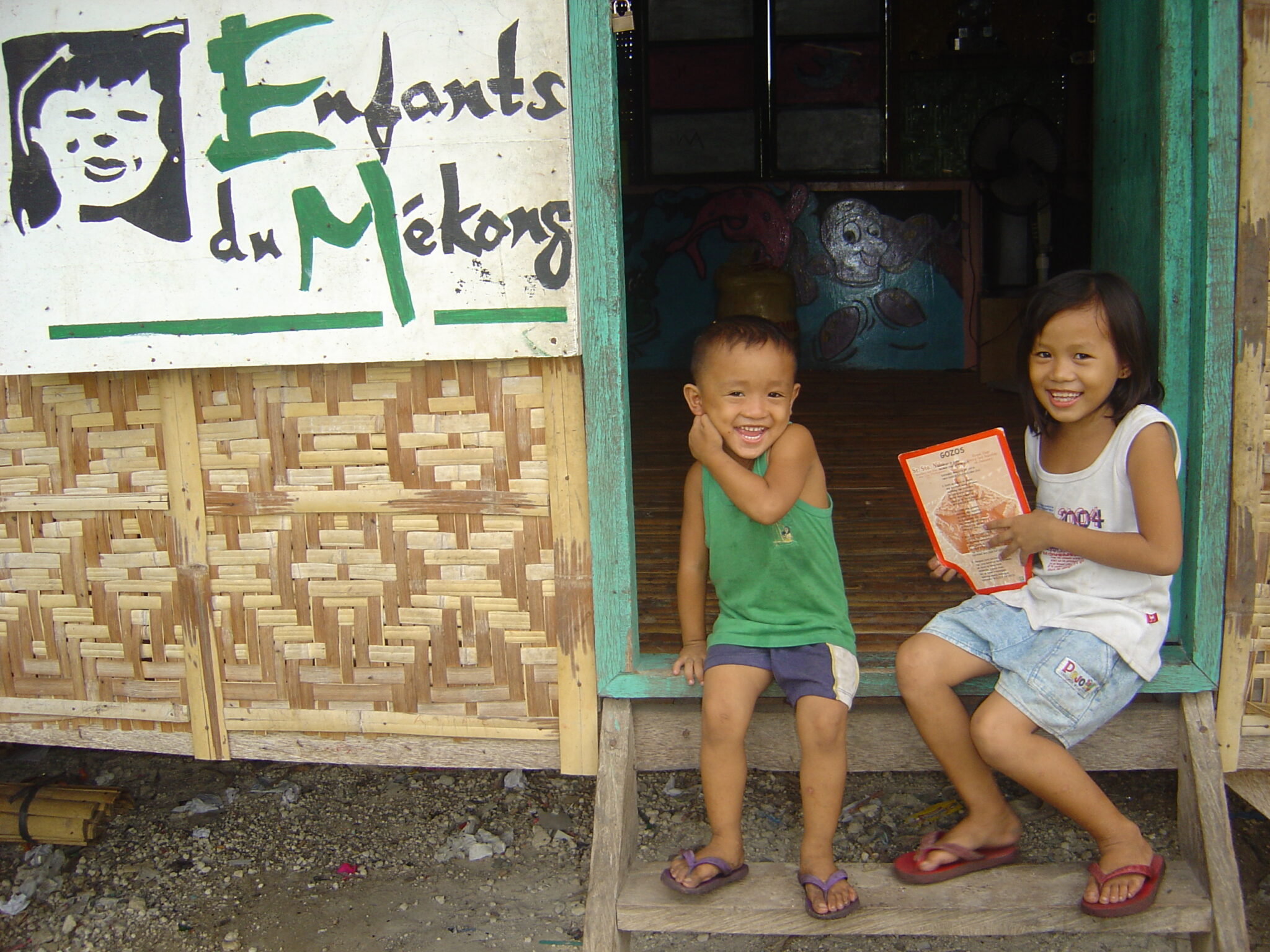

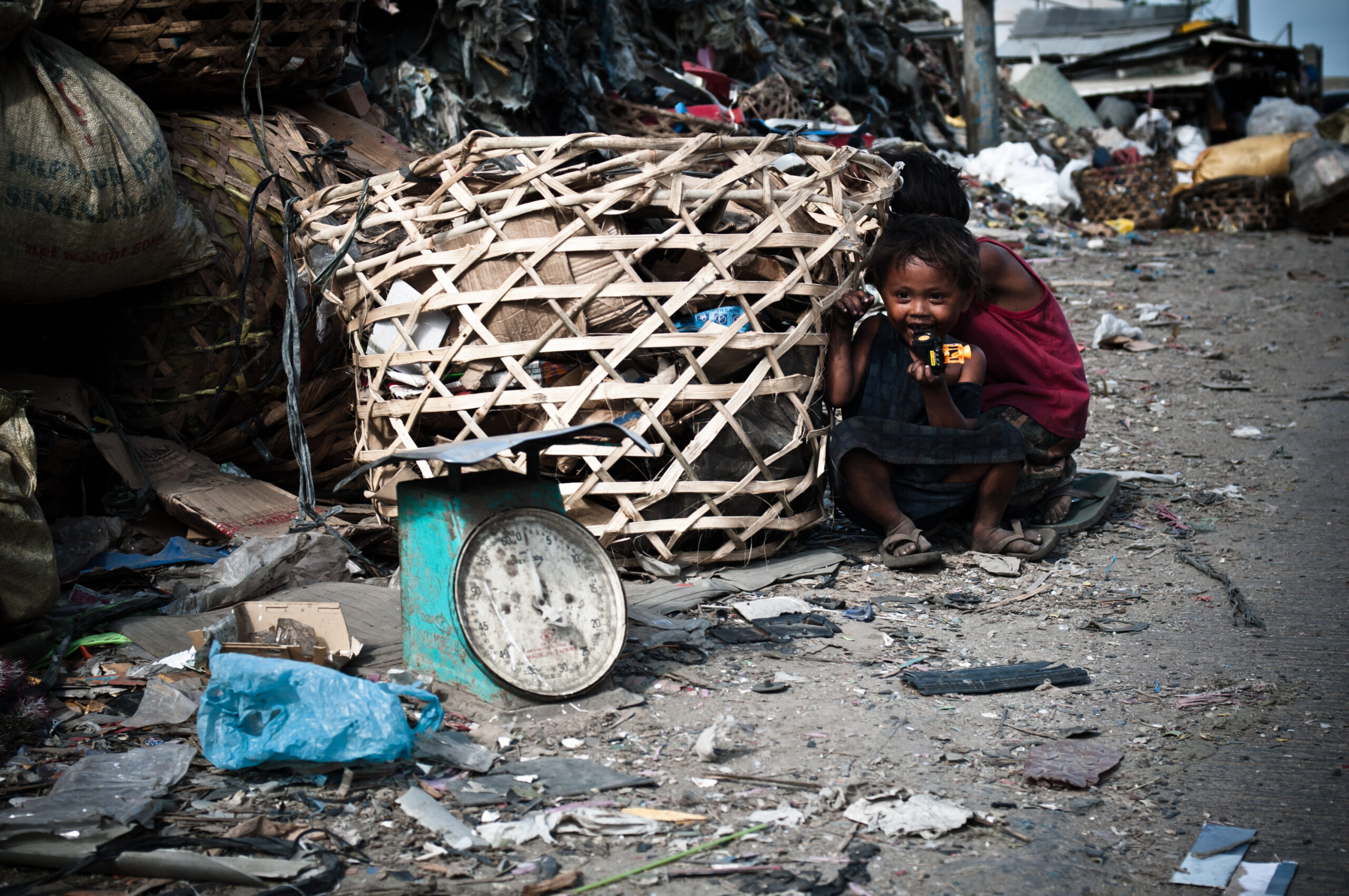
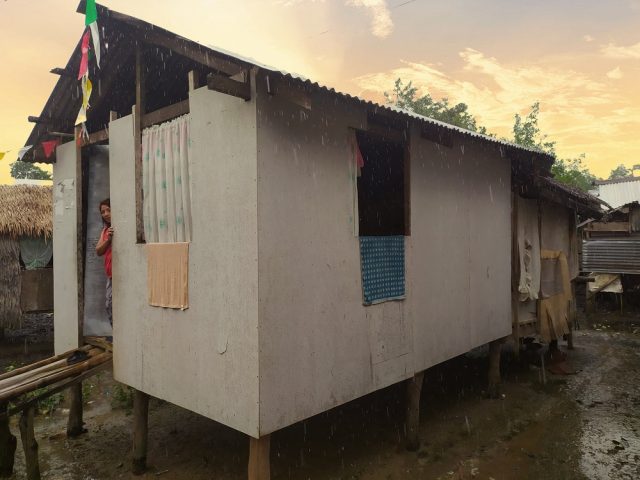
People of Samar: the Waray tribe
On the island of Samar and its neighbors in the east of the Philippines lives an ethnic minority, the Waray tribe. With their own […]
